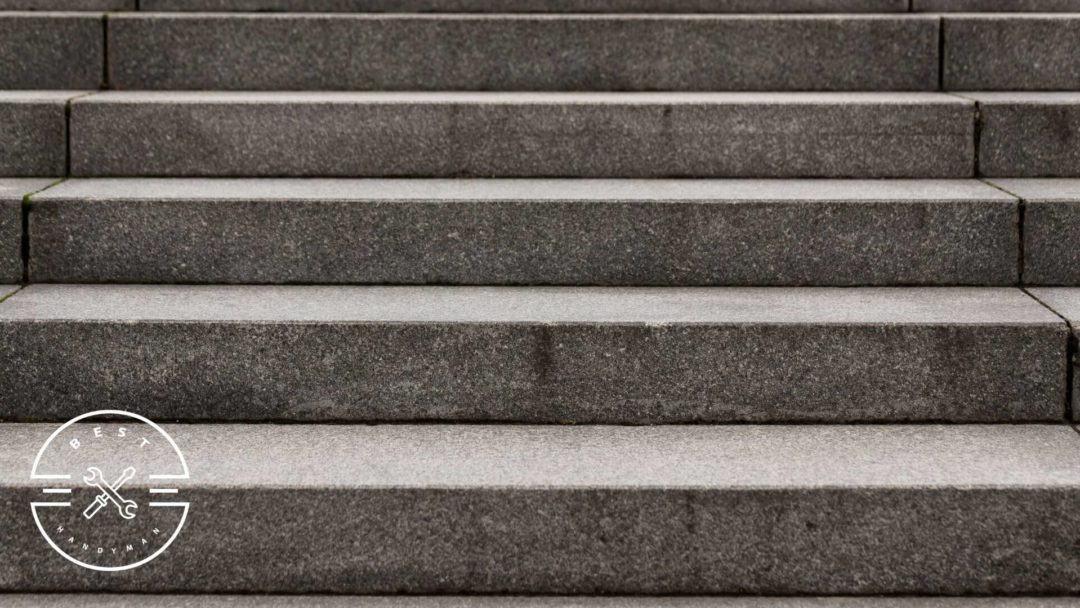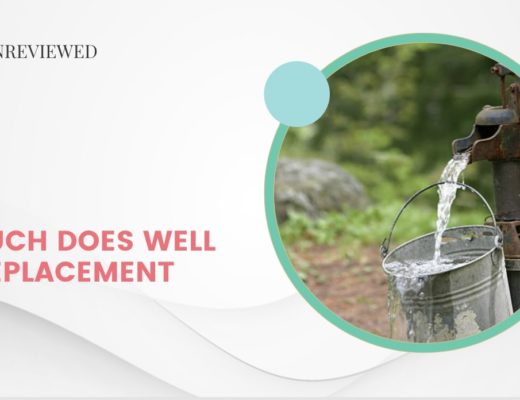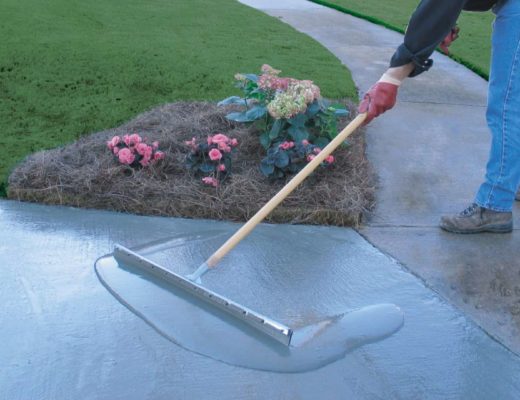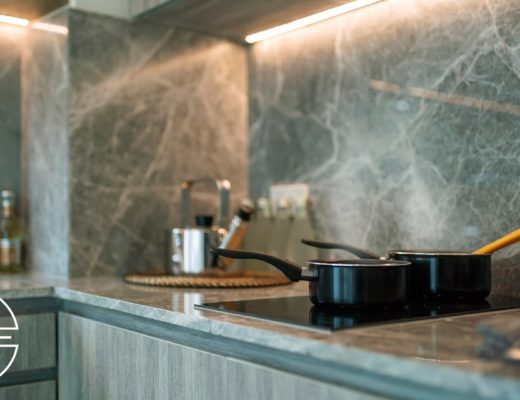Precast concrete steps are among the most cost-effective options you have to upgrade your home’s curb appeal and accessibility. They offer almost the same durability as poured concrete but at a much affordable price.
Precast concrete steps can cost anywhere from $1,000 to $5,100, including installation. The total cost will vary depending on the number of steps, the materials used, the location of the steps, delivery cost, and more.
In this guide, we’ll provide a more detailed discussion of the factors affecting the cost and the potential additional costs to help you set your budget.
Factors That Can Influence the Cost of Precast Concrete Steps
Number of Steps
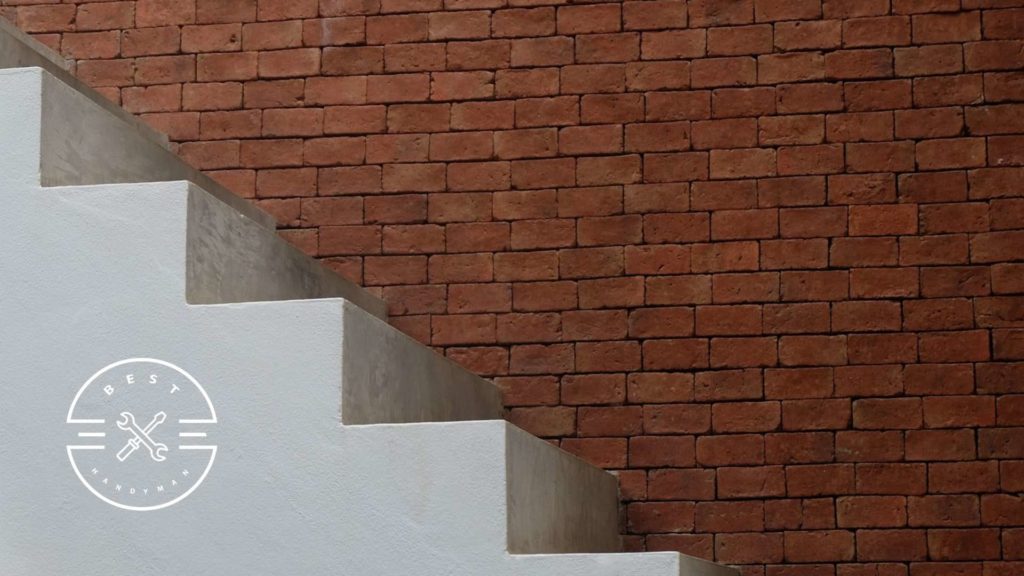
The number of steps of the precast staircase is one the biggest factors that can influence the project’s final cost since it directly affects how much cement is used. More steps also require more mold and labor time, resulting in higher prices.
Moreover, it generally costs more to transport bigger staircases. You’ll need larger trucks to deliver them, potentially increasing transportation expenses.
Typically, a 1 step precast concrete with a height of 7 inches can cost around $100 to $350, including installation. A 15-step precast concrete that’s 105 inches tall will cost about $1,500 to $5,300, including installation.
Location of the Steps
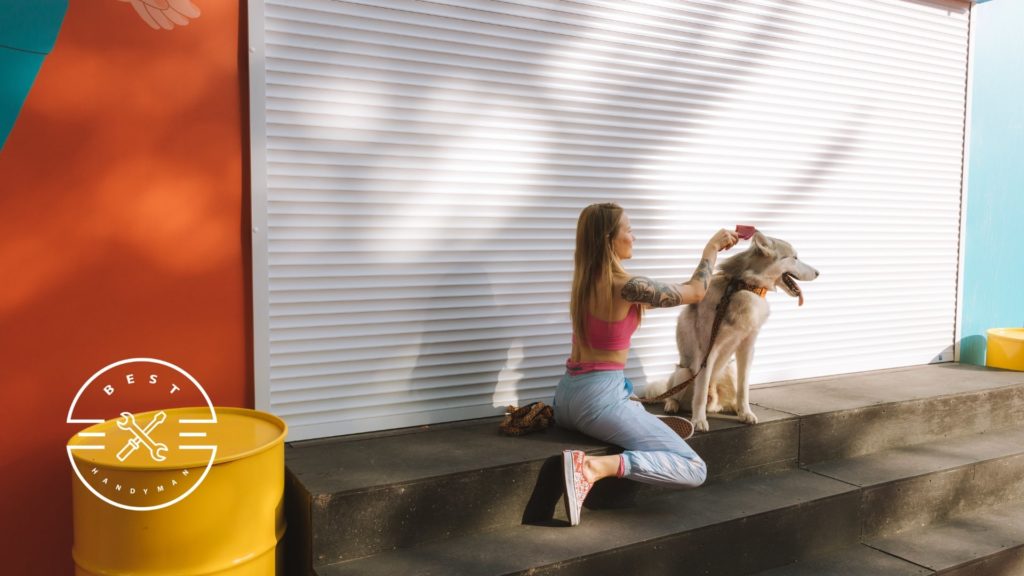
Some areas may be easily accessible, so installing precast concrete steps won’t take too much time and effort, resulting in lower costs. However, for areas that can be hard to access, contractors may charge more.
Certain locations may also require distinct designs, which can drive up the cost.
Front Entryway
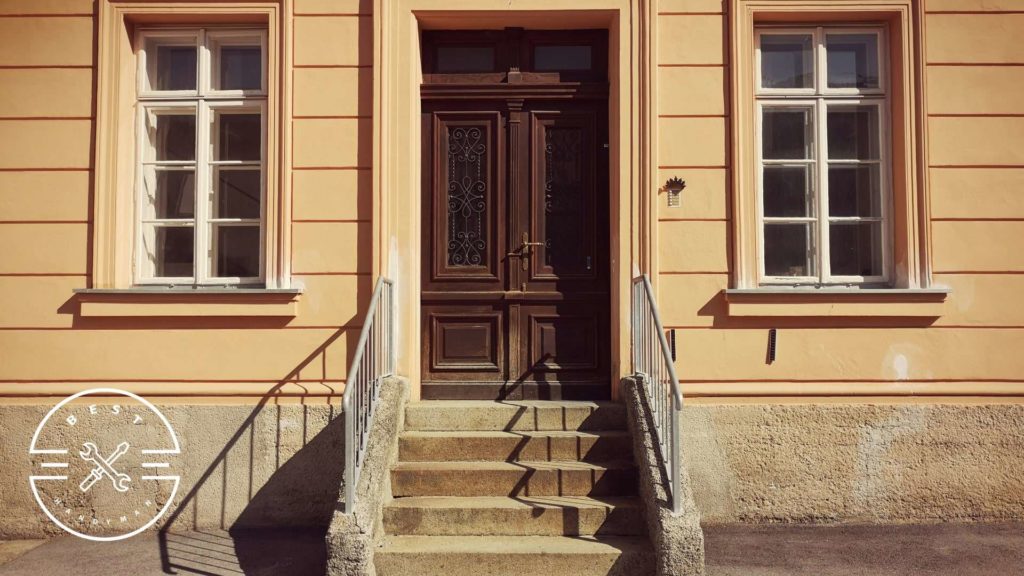
Precast concrete steps are a popular choice for front entryways because they’re durable enough to withstand heavy foot traffic and exposure to different weather conditions. They’re also relatively low-maintenance and are easy to clean.
Installing a precast concrete step on the front entryway can cost anywhere between $800 and $2,000, depending on the size, design, and material. Some may choose steps with dramatic designs to match the house’s exterior, which can increase the price.
Basement
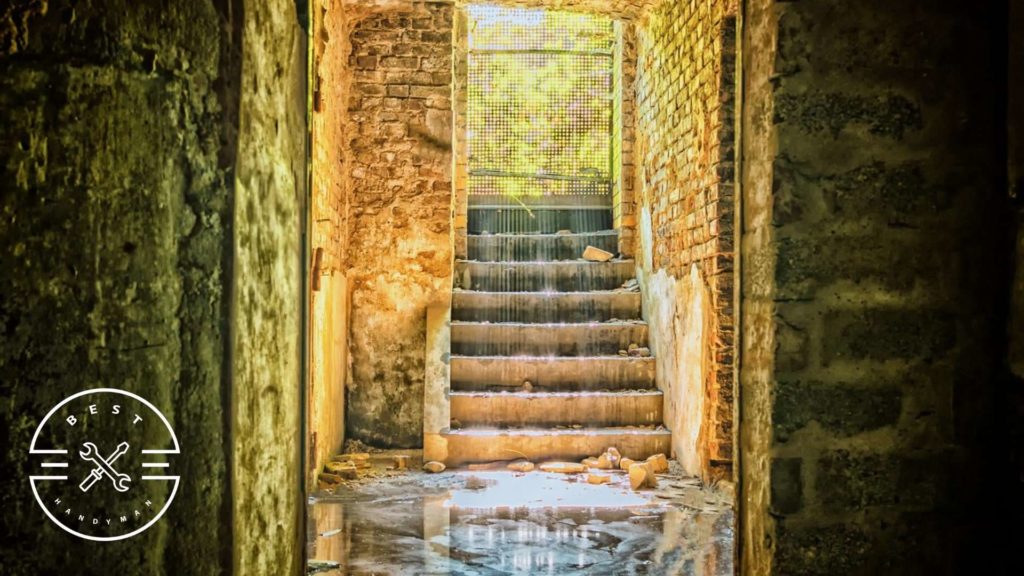
Poured concrete is typically a more popular choice for basement steps. However, precast concrete can also be a good option, as it’s typically more cost-effective.
Precast concrete steps for an exterior basement entry usually cost around $1,500 to $5,000, including installation. The price can go higher or lower than this range, depending on the design, material, and size of the precast concrete steps.
Indoor steps leading to the basement can be more expensive. It can be challenging to bring the precast concrete steps inside the house because of how heavy they are and how narrow the doors can be.
Landscape
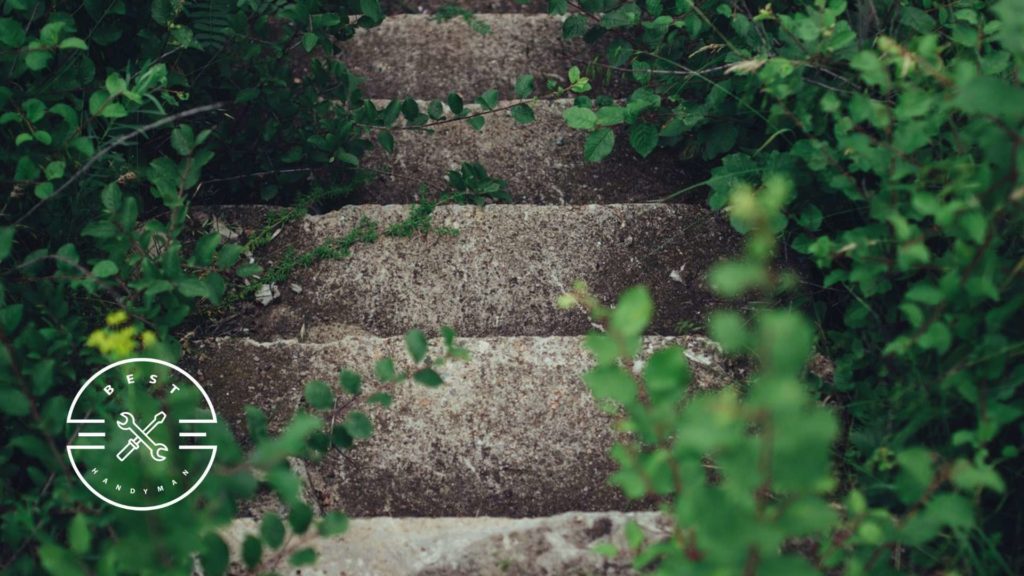
Landscape precast concrete steps, sometimes called garden stairs, typically only have 3 to 5 steps, so they can be pretty cheap. However, since they’re in the garden, they usually have fancier and more intricate designs than basement stairs.
Expect to pay around $900 to $2,000 to install three to five step-precast concrete steps. The price can increase the more steps you add and the more intricate the designs are.
Materials
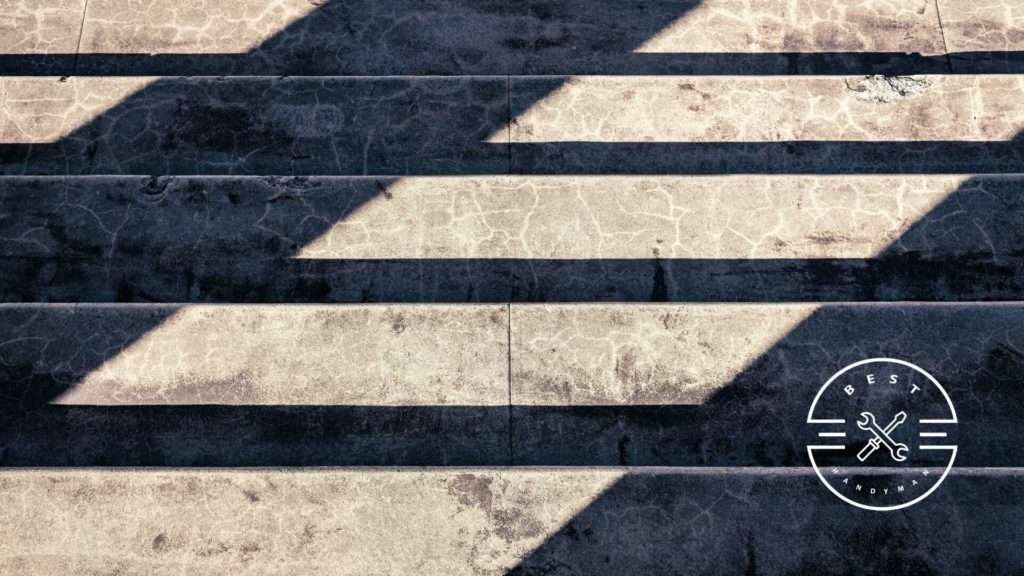
The type and quality of concrete used in the precast steps can affect the total cost. Some precast steps may also have extra steel rebar or fibers that can enhance their strength and durability.
On average, a precast step made of low-grade cement would cost around $200, while a step made of high-quality cement would cost around $400. High-quality cement contains more minerals that increase its durability and strength, like fly ash.
Solid precast steps are typically more pricey, costing about $100 to $130 per step since they use more materials. Hollow precast steps, on the other hand, will typically cost you $70 to $100 per step.
Labor
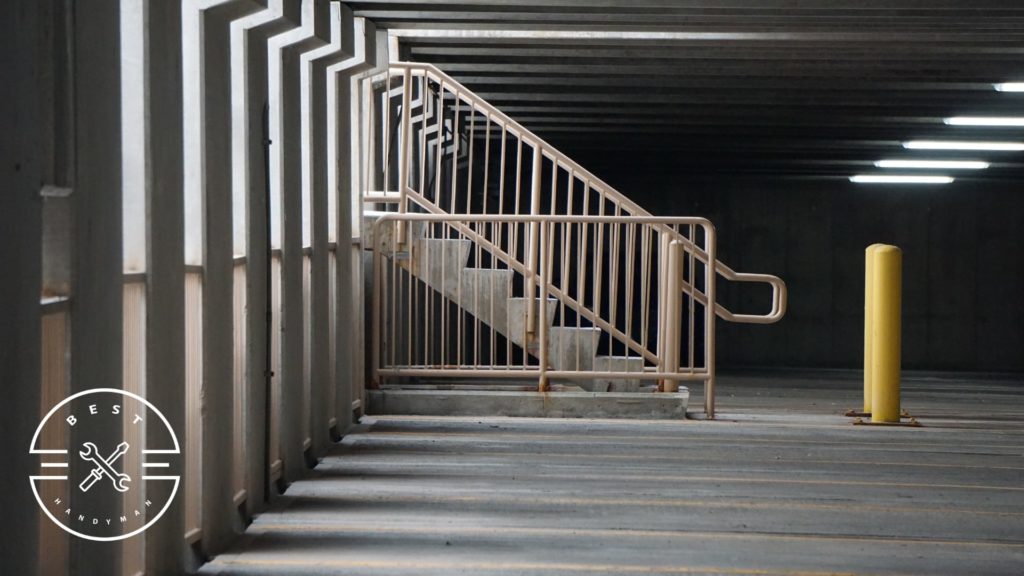
Like any home improvement project, labor can significantly affect the cost of installing precast concrete steps. Laborers typically charge $40 to $100 per hour to install concrete steps, depending on whether they’re poured or precast.
Precast concrete steps are generally cheaper since the installation process is much faster. Labor becomes quite expensive when the steps are installed in an inaccessible area.
It’s important to note, though, that some laborers may charge higher than others because of the cost of living in their city. Make sure to contact the contractors for an accurate estimate.
Coating and Treads
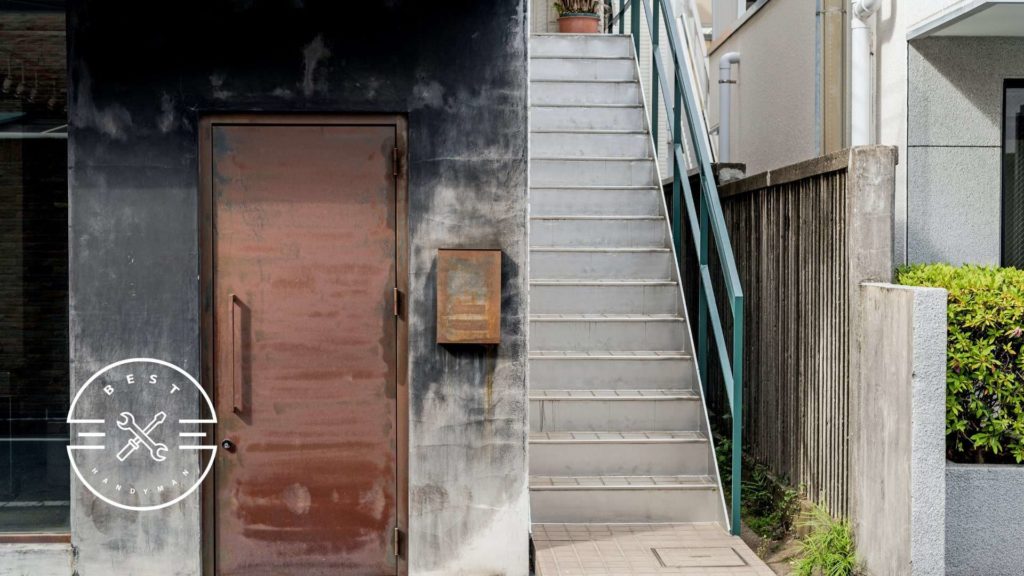
One of the most important considerations when adding steps to any part of the home is safety. That’s why it’s better to choose precast concrete steps that come with treads to ensure the steps are more visible and have enough traction.
Precast concrete steps that already have treads typically cost $100 to $500 more than regular steps.
You can also coat your precast concrete steps to improve slip resistance and durability. Enough traditional cement coating to cover the entire stairs will usually cost you $200 to $400.
Delivery Price
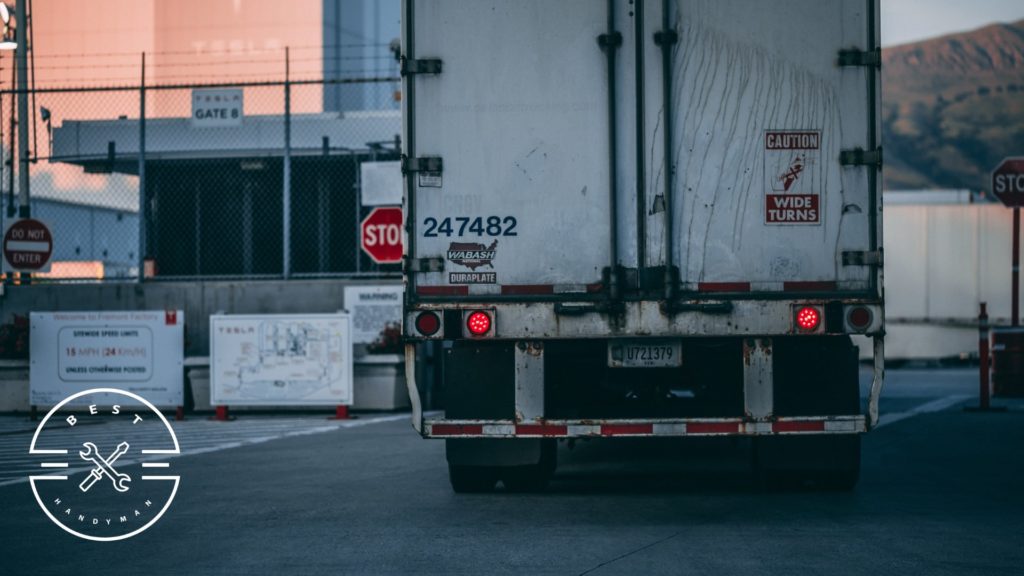
Since precast concrete steps are made in a factory, you’ll need to pay a delivery fee to get them to your house. The delivery price can be quite significant since precast concrete steps tend to be heavy and big, forcing manufacturers to use trucks.
Delivery price can also increase the farther your home is from the manufacturer. Longer distances require more time and fuel for transportation, so it’s only natural that the cost will be much higher.
Most homeowners pay around $200 to $300 to have their precast concrete steps delivered to their home.
Additional Costs That May Be Incurred
Painting or Staining

Concrete’s natural gray finish can usually be boring and may not match your home’s interior and exterior design. One way you can improve its appearance is by painting or staining it, but this will cost you money.
Painting precast concrete steps can usually cost around $300 to $700, depending on the color, complexity of the job, and size of the steps.
Staining tends to be cheaper since it’s easier to apply, and stain costs less than paint. Expect to pay around $2 to $5 per square foot if you plan on staining your precast concrete steps.
Additional Fixtures and Accessories
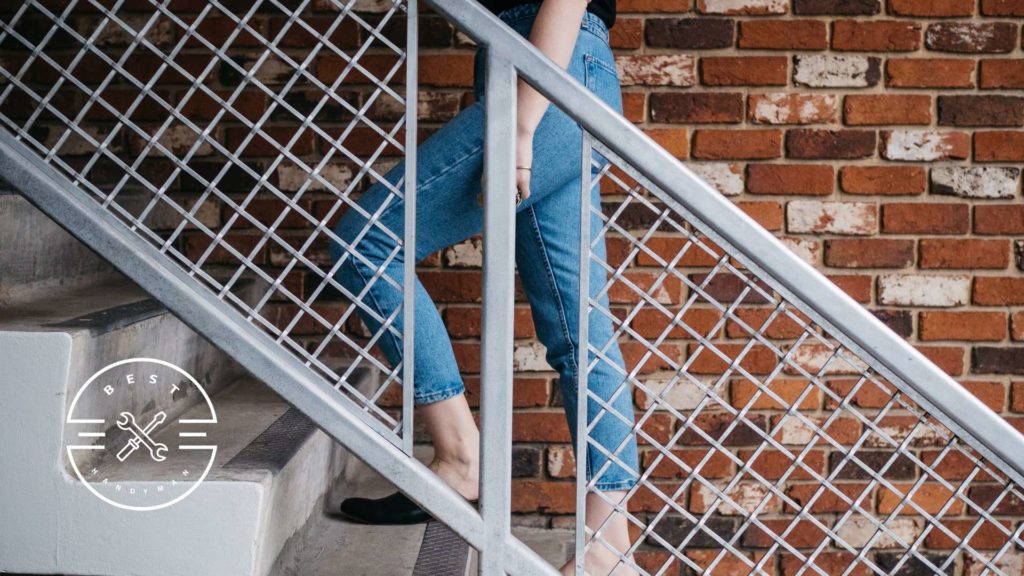
Additional fixtures and accessories, such as handrails and carpets, can make the precast concrete steps more functional and aesthetically pleasing. They all, however, come with their own price tag, which can drive up the project’s cost.
Handrails are often required by some local authorities to ensure the safety of the stairs’ users. Wood or metal handrails on both sides of the steps can add $300 to $600 to the total cost.
Carpets, on the other hand, can make the steps more slip-resistant and visually appealing. They can be a bit expensive, though, costing about $300 to $3,500, depending on the design and material used.
Removal of Existing Stair
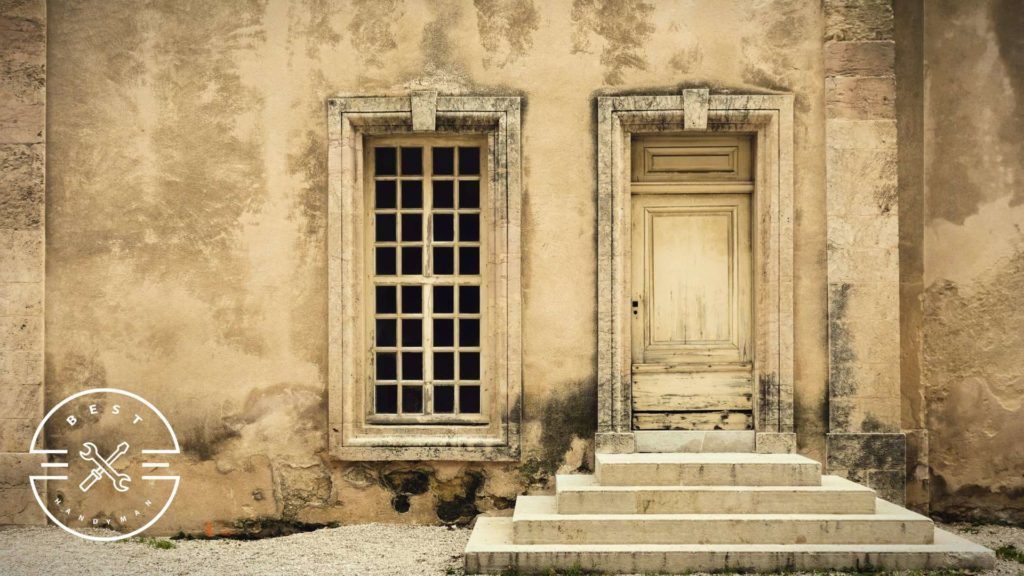
If there’s already an existing stair where you’ll put the precast concrete steps, you’ll have to remove it first. The removal process will generally increase the overall cost of the installation process.
Expect to pay around $200 to $400 for the removal and disposal of an existing stair, depending on the material used and how durable it is. If the stair has wire mesh or steel bars, the cost will be higher because they’re tougher to remove and dispose of.
Permit
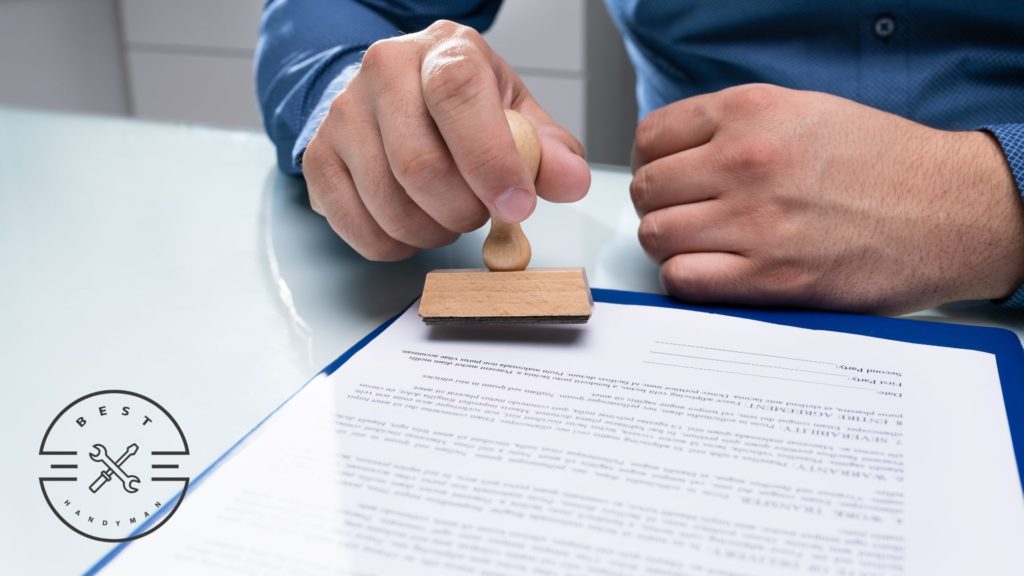
Some cities require homeowners to secure a building permit before installing precast concrete steps to ensure they follow local building codes. This permit can cost around $100 to $1,000, depending on the city.
The cost usually includes an inspection done by a professional inspector after the installation to make sure it meets the local standards.
How much does it cost to install precast concrete steps by yourself?
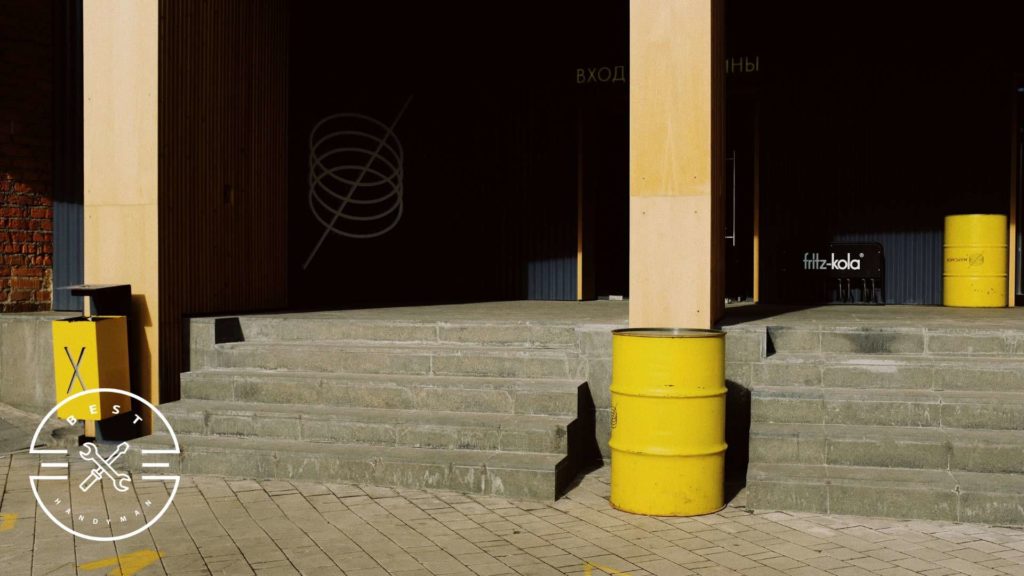
Installing precast concrete steps can be a challenging DIY project, so it’s best left to the hands of professionals. There are various building codes to be followed that you may not be aware of.
If you’re up for the challenge and would like to try installing the steps by yourself, you can save around 20% to 30% and pay only $700 to $1,200. But this is only if you have all the tools necessary to install the steps, like level, saw, and rebar.
If you don’t have the tools, you’ll either rent or buy them. You’ll also have to pay more for the precast concrete steps if you’re directly transacting with the manufacturer since you don’t have the discount contractors have.
How do I save money when installing precast concrete steps?
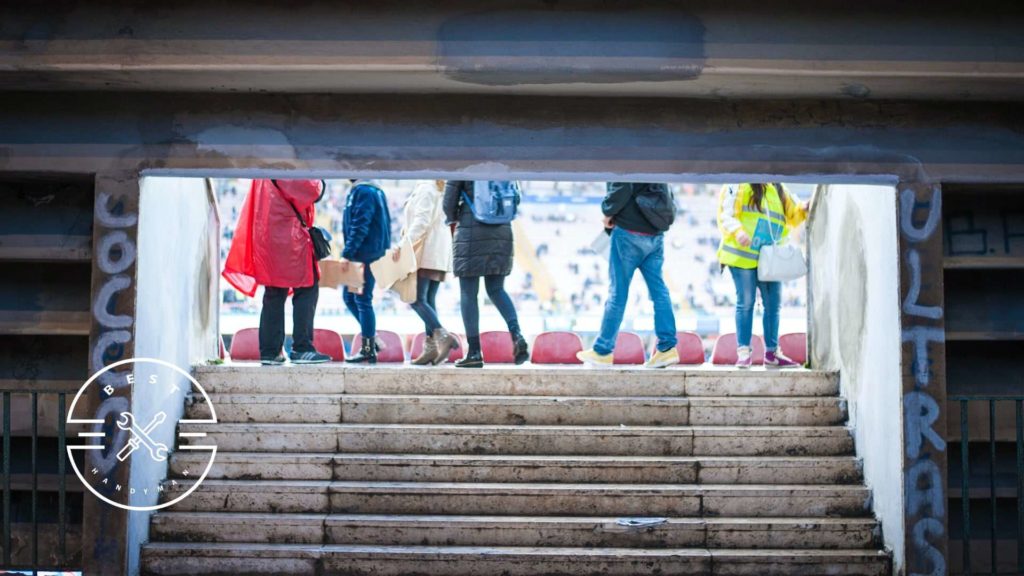
- Choose local suppliers or contractors
Working with local contractors or suppliers can help you reduce the delivery cost. They’re also more familiar with local building codes, so there are lower chances of redoing the job because it doesn’t meet local standards.
- Compare quotes from different contractors
This is one of the most important ways to save money for any home improvement project. By comparing different quotes, you have the opportunity to find the contractor that provides the best value for your budget.
- Opt for standard designs
Dramatic designs can easily double the total cost of precast concrete steps, so it’s best to go with standard designs if you’re tight on budget.
- Avoid unnecessary accessories
Unless the accessory is needed for the steps, it’s best not to add it since it will only inflate the cost. For example, if the stair is stained and has treads, a carpet is no longer necessary.

